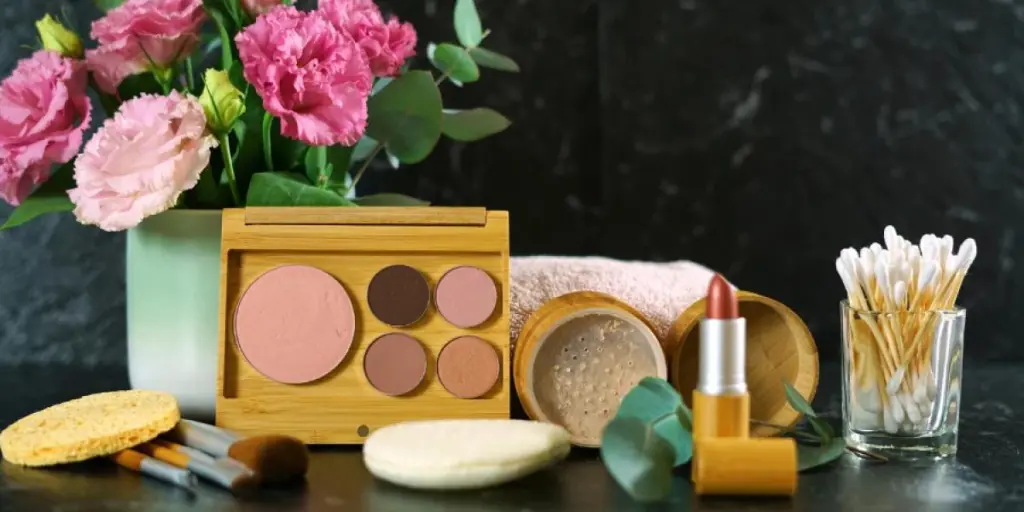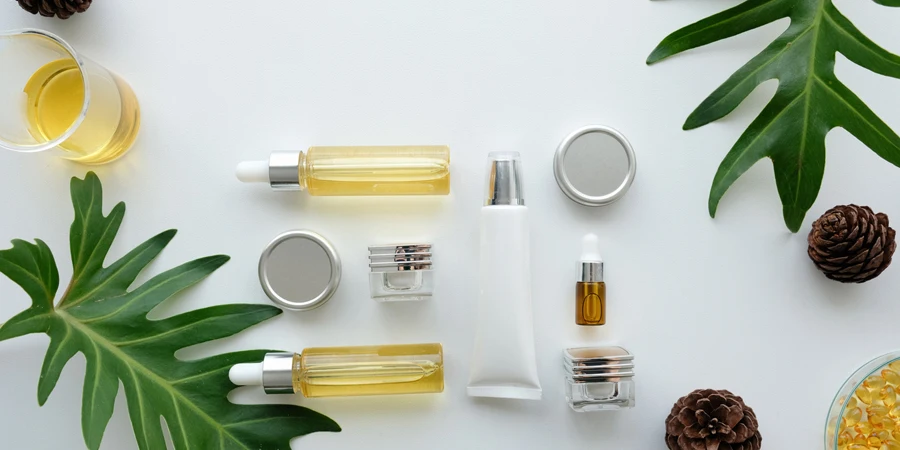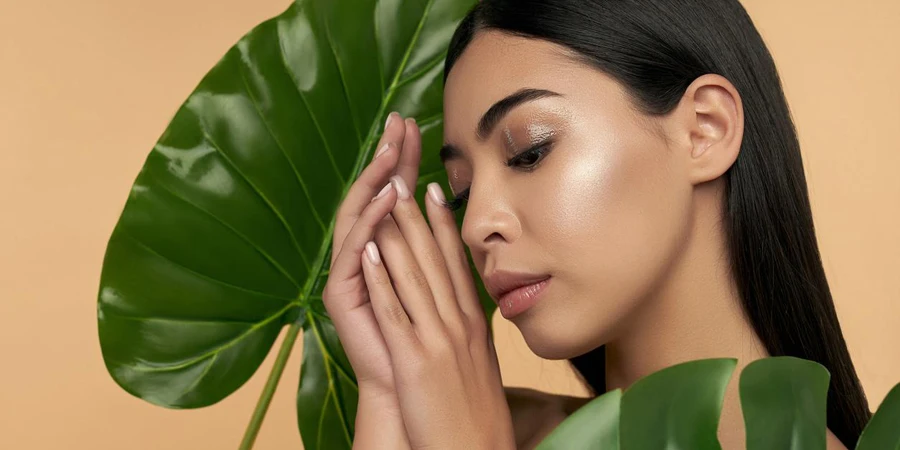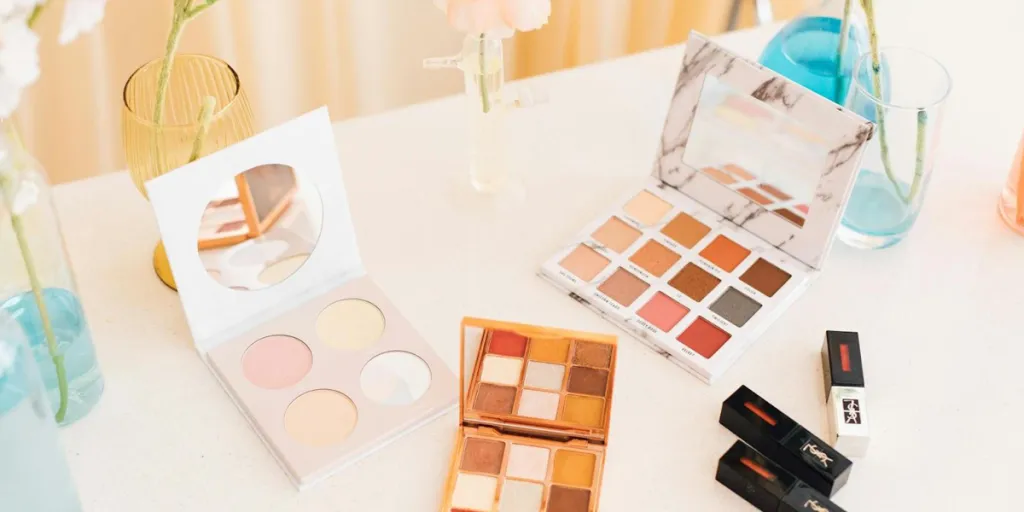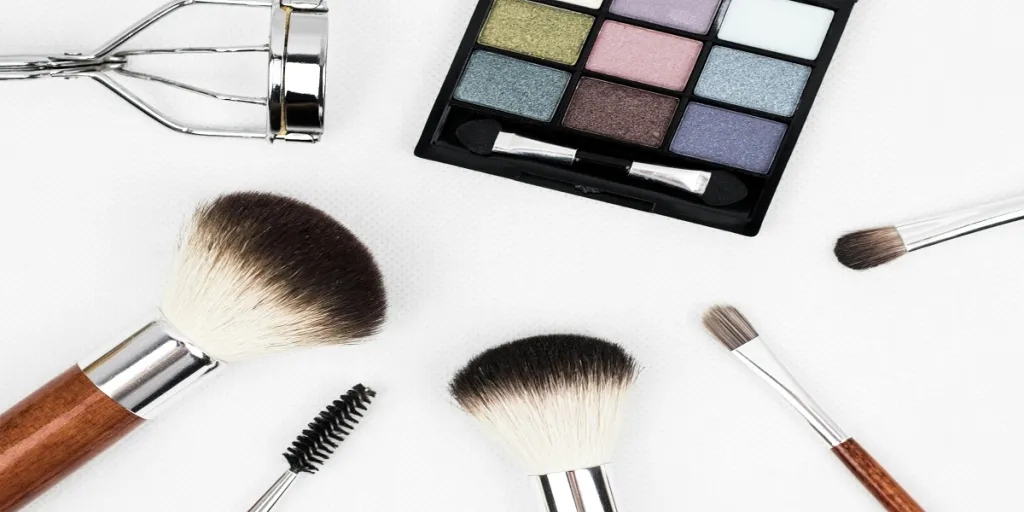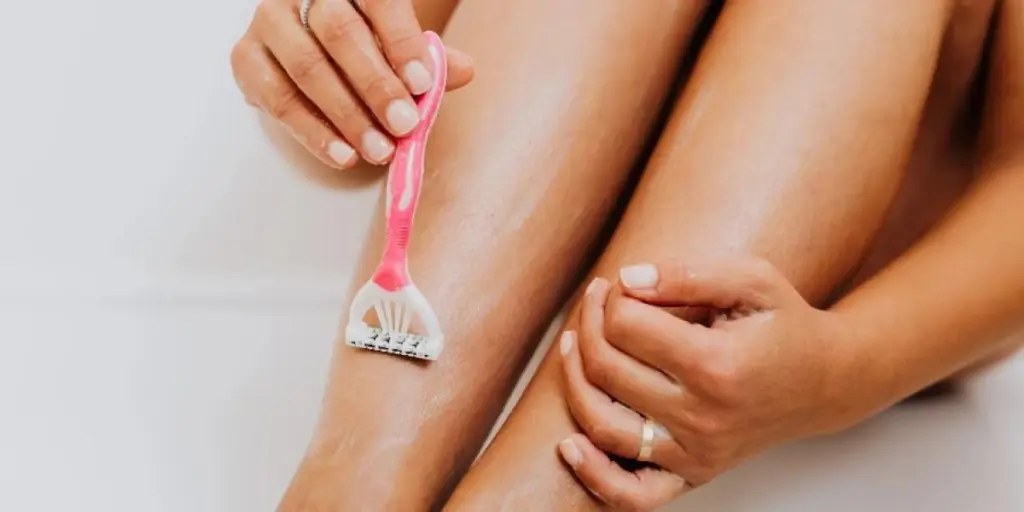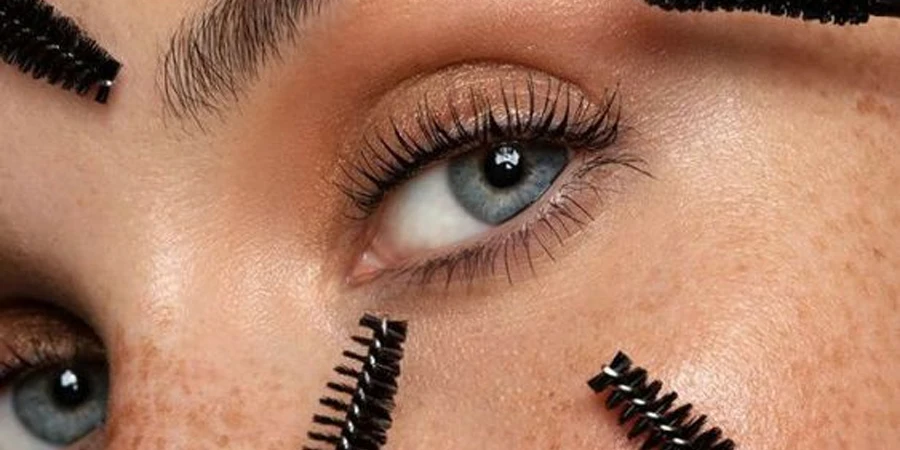One of the biggest challenges affecting the cosmetics and personal care industry is sustainability. The vast industry has to deal with problems resulting from wasteful distribution, environmentally harmful formulations, and finding the right ingredients for beauty products.
Through circular beauty, companies can reduce carbon emissions while still generating profits in a way that benefits the environment. How is this possible in a lucrative but competitive industry while dodging the traditional linear economy business model? This article will dive into 5 key circular beauty opportunities businesses can utilize to meet customer demands.
Table of Contents
Circular beauty products market
5 key circular beauty product opportunities
Conclusion
Circular beauty products market
The global circular beauty products industry recorded a market valuation of USD 2.4 billion in 2022. By the end of 2032, the market is projected to reach USD 4.2 billion, growing at a CAGR of 5.8%.
This huge growth comes from the increased awareness among beauty brands on the global consumption of products and their environmental impact. As a result, they are becoming eco-warriors and adopting the circular economy to produce carbon-neutral beauty products.
Moreover, companies are developing sustainable products from waste from olive oil, citrus extract, and coffee beans. This results in renewable product packaging and reducing the reliance on animal-based products.
The ever-evolving beauty trends are another factor leading to the growth in the circular beauty products market size. Strict government policies in some countries have also encouraged the production of zero-waste products. This has resulted in high demand for these products, with 76% of consumers now shopping for sustainable cosmetics.
5 key circular beauty product opportunities
Closing the loop: designing for success
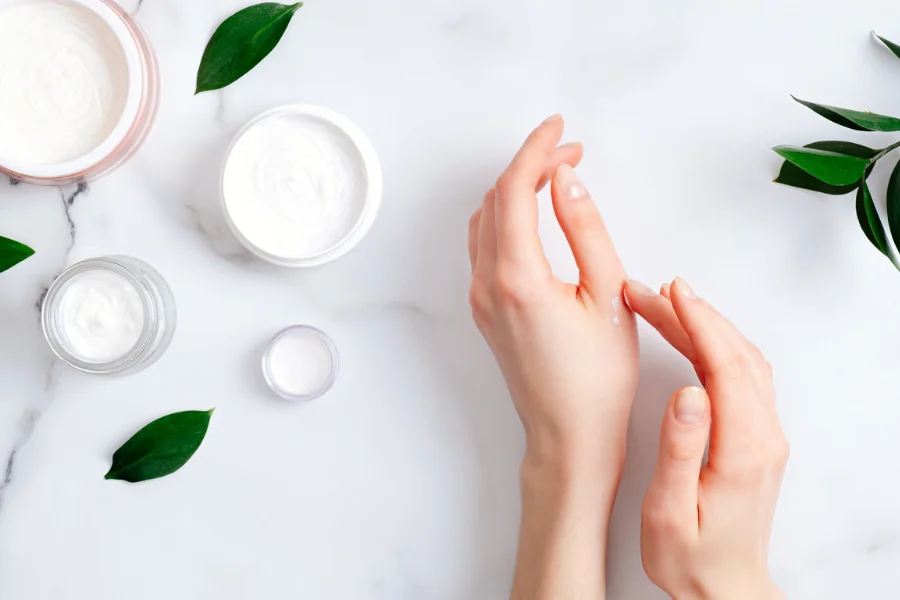
Circularity represents a fundamental shift in system design rather than a mere addition. It captures all aspects of the circular economy, from eliminating waste to transforming unwanted products into new ones that captivate a new generation of environmentally-conscious consumers.
The initial stage in fostering a more circular supply chain is identifying where waste is created. This requires a comprehensive examination of every step involved in cosmetic production and carefully considering all aspects of the closed loop.
To reduce wastage and use fewer products, companies can focus on “narrowing” their processes. It involves using few raw materials per product and making fewer products. For example, they can design multifunctional beauty products like Le Pruenier’s Plum Beauty Oil, a beauty oil and moisturizer. Another example is the 3 in 1 biodegradable moisturizing scrub, exfoliator, and body wash from Honestly, a Dutch circular beauty startup.
The second stage in closing the loop goes beyond waste reduction by finding practical uses for byproducts and wastes generated in the supply chain. For instance, Chanel is ingeniously repurposing Camellia husks, a byproduct of Chanel No. 1 Collection, to recreate the caps for their Red Camellia Revitalizing Cream. This practice adds value to what would have been wasted and showcases a commitment to sustainability and resourcefulness.
The power of regen ingredients: prioritize the source
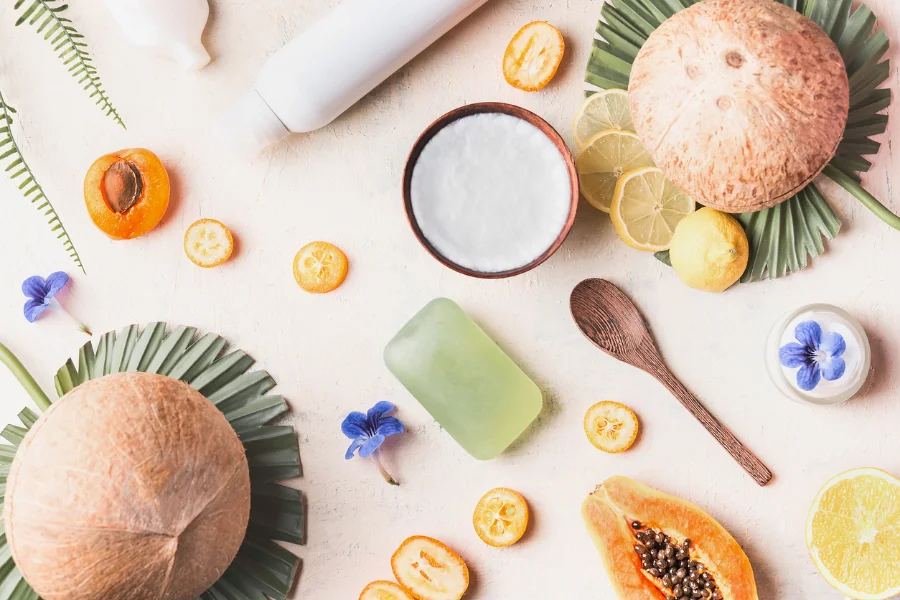
Regenerative agriculture is also crucial for a circular beauty product’s success. Beauty brands can refer to byproduct ingredients such as olive leaf extracts, orange peels, coffee grounds, berry seeds, and sawdust.
By doing this, they can circulate their materials aggressively and, in the end, turn them into beauty products. Where can businesses get these valuable raw materials? Simple. They can partner with parallel industries and local businesses to source these ingredients. These include coffee restaurants, fruit juice processing plants, and carpentry shops.
Consider Circumference, a New York beauty brand that uses olive leaf extracts to make its gel cleanser. The ingredient is a byproduct of olive leaves from a family-owned California farm’s olive harvest. Normally, the byproduct would have been biowaste that can be used as manure on the farm.
Unpacking single-use plastics: refill, reuse and recycle
This is a circular beauty opportunity for businesses to meet customer demands. It involves creating a system where products and packaging materials are used efficiently, waste is minimized, and resources are kept in circulation.
Businesses can address this by ditching single-use plastics and designing new ones with longevity in mind. They can use recyclable, reusable, or biodegradable materials to package their products. An example is offering refill pouches for their customers so that they can reuse the repackaged bottles repeatedly.
Businesses can also copy Tata Harper Skin Care’s Water Lock moisturizer, which features airtight packaging and a 100% recyclable refill pod. Their green glass packaging is only shipped to a customer once. By considering the entire lifecycle of their products, businesses can come up with functional items with a positive environmental impact.
Avoiding landfill: disassembling beauty packaging
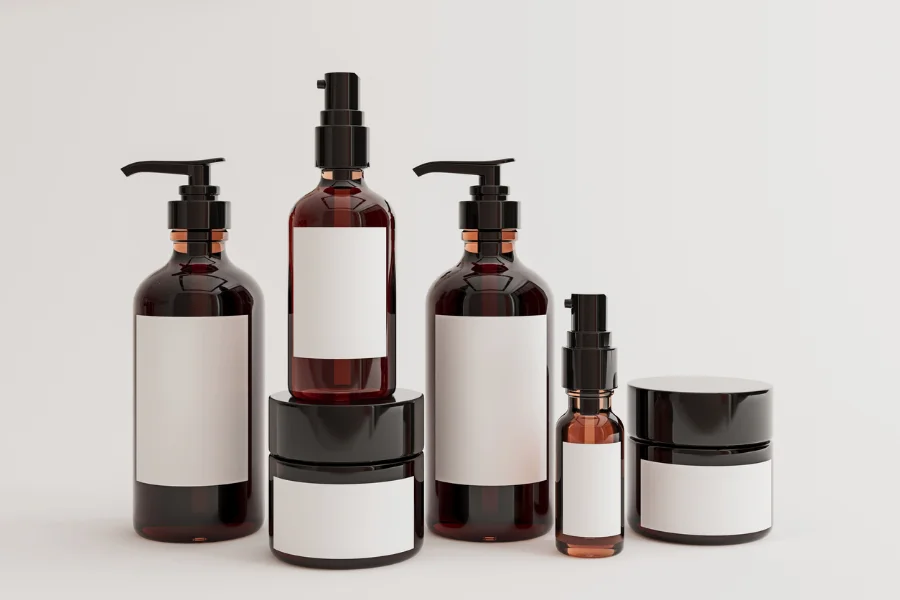
The holy grail of circularity is a product not ending up in landfills. This takes inspiration from tech companies dismantling and reprocessing old products and giving them new life. Thus, the circular economy encourages businesses to design packaging that can be disassembled for material recovery, reducing waste.
One example is a US mascara brand, Izzy, which reuses its steel mascara tubes and remolds its plastic brushes and wipers. Ultimately, its products resonate with customers who prioritize eco-conscious practices and desire products that minimize their environmental footprint.
Global circular cosmetics: one size doesn’t fit all

The one-size-fits-all concept may not work well with the circular economy as some products may not suit everyone. Businesses can address this opportunity by recognizing individuals who have unique skin types, concerns, and preferences. They can then provide them with customized formulations.
Later, customers can tailor their skincare products based on their specific needs. Gradually, businesses can minimize wastage and ensure that consumers are satisfied with the products fulfilling their requirements.
Businesses can also offer diverse shades by developing comprehensive ranges of foundation, concealers, and color cosmetics. Buyers from diverse backgrounds can find products matching their skin tone, fostering inclusivity and avoiding the wastage of limited shade options.
Conclusion
In summary, beginning the journey to circularity involves prioritizing a product’s end-of-life considerations and scrutinizing the supply chain for waste creation points. These steps pave the way for businesses to embrace circular practices and make meaningful progress toward a more sustainable future in the beauty industry.
